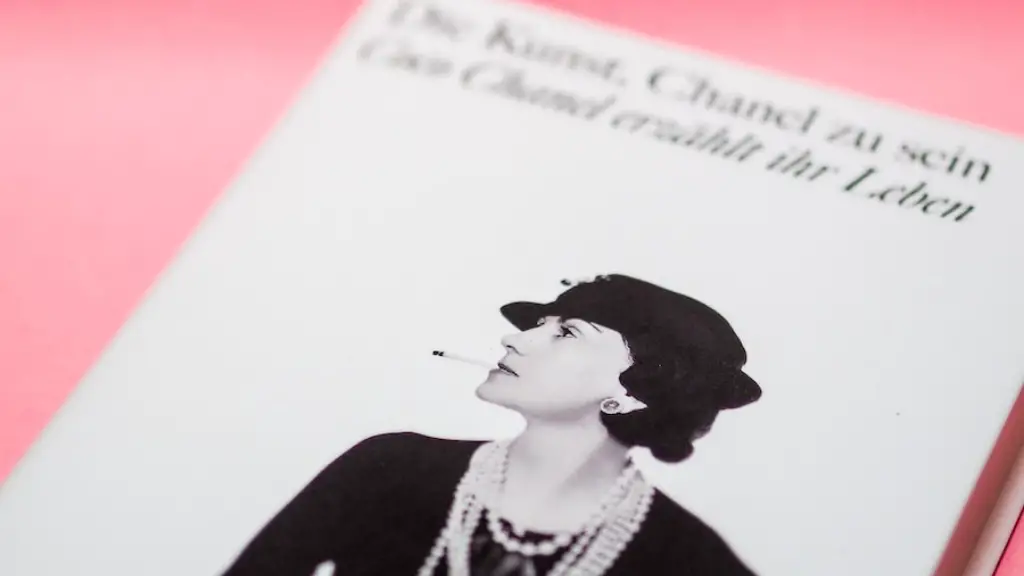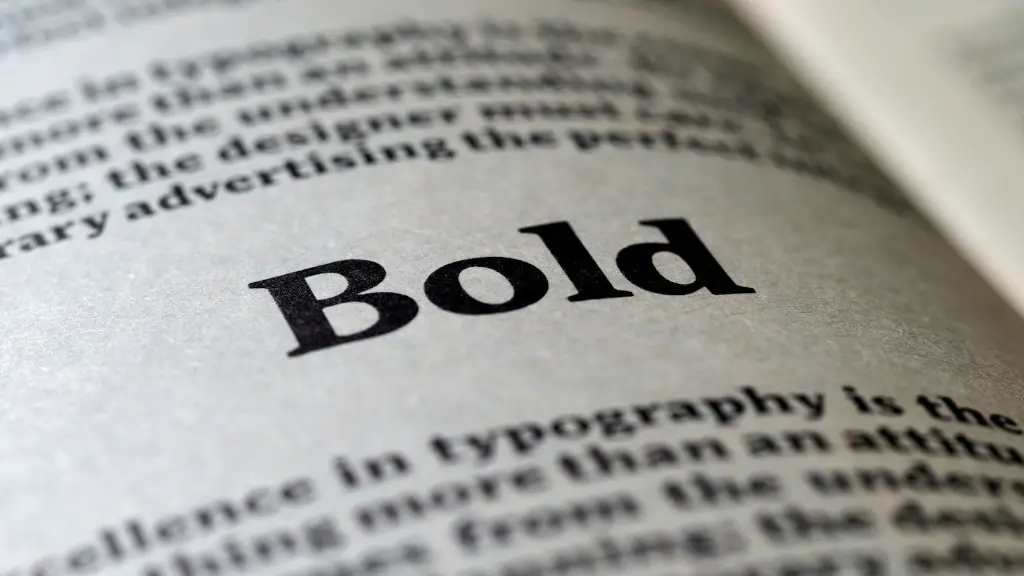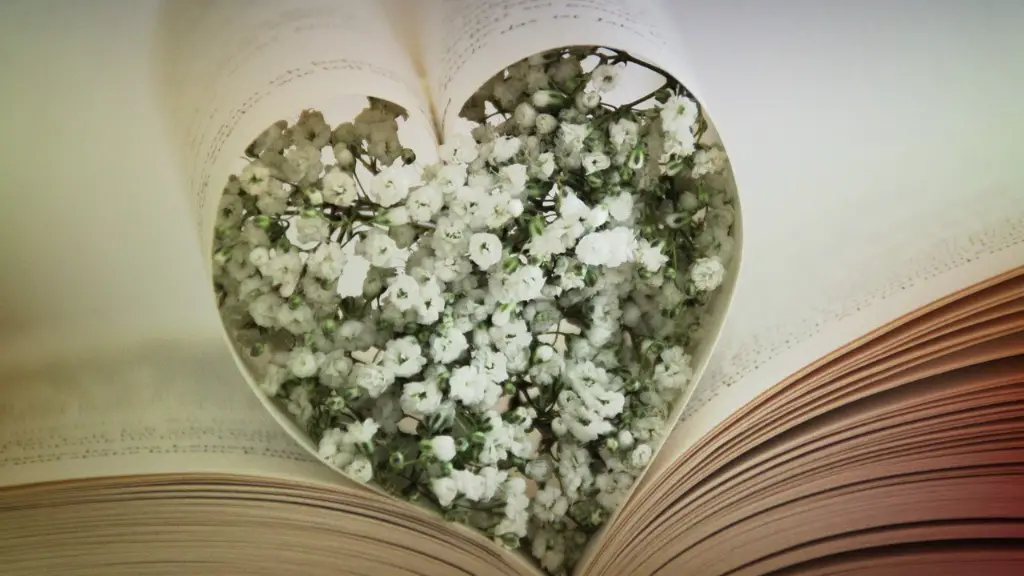Definition of Concrete Imagery
Concrete imagery is the vivid depiction of a word, object or image that exists in physical reality. It is used in written work to provide the reader with a picture in their mind which helps create a vivid, visual picture of whatever is being described. Concrete imagery is used to great effect in poetry where the words and images chosen carry a great deal of weight and meaning.
Use of Concrete Imagery in Poetry
Concrete imagery can be used in a range of different ways when writing poetry. It can be used to create an image that evokes a certain feeling or emotion, or it can be used to convey a message or idea without requiring too many words. It can also be used to establish a connection between the reader and the poem, allowing the readers to engage with the poem on a more personal level.
One of the most common uses of concrete imagery in poetry is to create atmosphere or tension. By carefully selecting vivid words and phrases, the poet can create a sense of anticipation or fear which can intensify the overall reading experience. Additionally, concrete imagery can be used to create a sense of unity within a poem, as the words and images chosen often coincide with one another in a way that conveys the overall theme.
Advantages of Concrete Imagery in Poetry
The use of concrete imagery in poetry has many advantages. Firstly, as previously mentioned, it allows readers to engage on a more personal level with the poem, as the vivid words and phrases create stronger connections between the reader and the text. Secondly, it provides the reader with a more vivid and meaningful experience, as the words chosen have the ability to evoke certain feelings or emotions in the reader. Lastly, the use of concrete imagery allows the poet to convey a variety of different messages and ideas without using too many words.
Examples of Concrete Imagery in Poetry
Examples of concrete imagery can be found in a variety of different poems. In William Wordsworth’s “The Daffodils”, for example, he makes use of concrete imagery to evoke emotion and create a vivid visual image of the scene he is describing: “I wandered lonely as a cloud/ That floats on high o’er vales and hills/ When all at once I saw a crowd,/ A host of golden daffodils”.
In “The Road Not Taken” by Robert Frost, the poet makes use of concrete imagery to express his thoughts and feelings about the two paths he is presented with: “Two roads diverged in a yellow wood,/ And sorry I could not travel both/ And be one traveler, long I stood/ And looked down one as far as I could.”
Analysis of Concrete Imagery in Poetry
The analysis of concrete imagery in poetry reveals a great deal about the poet and their intentions. Generally speaking, the use of concrete imagery is used to create a powerful and lasting impression on the reader, as the words chosen have the ability to evoke certain feelings and emotions in the reader. Additionally, concrete imagery can be used to convey a variety of different messages, depending on the words and images chosen. Lastly, concrete imagery is often used to create a strong connection between the reader and the poem, allowing the reader to become personally invested in the poem.
Modern Use of Concrete Imagery
The use of concrete imagery in modern poetry has evolved significantly since the works of Wordsworth and Frost. Poets today make use of a range of different techniques to express their thoughts and feelings through concrete imagery, often combined with metaphors and other figurative language. Additionally, the use of vivid language, combined with an understanding of the cultural and social context of the poem is becoming increasingly important in modern poetry.
Impact of Concrete Imagery on Poetry
The impact of concrete imagery on poetry is both powerful and lasting. It can be used to evoke powerful emotions and create vivid images in the readers’ minds, which helps to create a stronger connection between the reader and the poem. Additionally, it can be used to convey a variety of different messages and ideas without using too many words, allowing poets to express themselves in an economical manner.
History of Concrete Imagery
The history of concrete imagery in poetry is long and varied. Writers such as Wordsworth, Coleridge and Frost were among the earliest adopters of concrete imagery, and they made use of words and images which evoked strong emotions and created vivid images in the minds of the readers. These poets were followed by a range of other writers and poets throughout the 19th and 20th centuries who continued to explore the power of concrete imagery and its ability to create a lasting impression in the readers’ minds.
Concluding Thoughts
In conclusion, concrete imagery is an important and powerful tool that can be used in poetry to create vivid images and convey powerful messages. It has been used for centuries by some of the most renowned poets in history, who have made use of words and images to evoke powerful emotions and create strong connections between the readers and their works. It is an important part of poetry which should be explored and appreciated in all its forms, as it is often the driving force behind some of the most moving and impactful pieces of literature.


